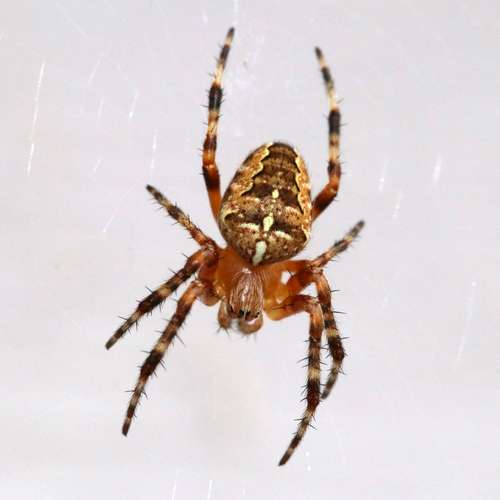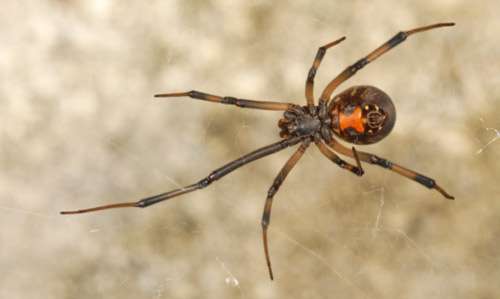
Most native southerners are familiar with the golden silk spider, Trichonephila clavipes (Linnaeus), a sizable orange and brown spider with fluffy tufts on its legs, which may be seen in Florida and other southeastern states. The huge golden webs of this species constitute a sticky trap for the unsuspecting in the late summer and fall, which is why hikers and hunters particularly dislike it. There is no actual risk from coming into contact with the golden silk spider, though, as is usual with most spiders. The spider will only bite if it is held or pinched, and the actual bite only causes localized pain and a tiny amount of redness, which immediately vanishes. The bite is generally far less painful than a bee sting.
Distribution
The only member of the genus living in the Western Hemisphere is Trichonephila clavipes. Florida, the West Indies, as far north as North Carolina, the Gulf States, Central America, and as far south as Argentina in South America are all affected by it. Southeast Asia, Madagascar, and the South Pacific are home to other, much larger relatives. Webs are most frequently observed along pathways, along forest waterways, and at the boundaries of woodland clearings.
Morphology
The species exhibits strong sexual dimorphism in both size and color pattern, like the majority of orb-weavers. Female T. clavipes spiders can grow from 24 mm to 40 mm in length when completely developed, making them some of the biggest non-tarantula spiders in North America. They might even be the biggest species of native orb weaver in the United States. Additionally, females have very distinctive coloring, which makes the species rather simple to identify. They have a longer orange-brown abdomen with two rows of tiny white-yellow dots and a cephalothorax that is silvery white. As the spider ages, the color of its abdomen changes. The first, second, and fourth leg pairs also have black brush-like hair tufts close to the joints, and their legs are banded with dark yellow and brown coloration.
Males, on the other hand, are considerably smaller than females, measuring around 6 mm in length, and they also have a more slender build. They have a mass that ranges from 30 to 70 percent that of a huge female. However, the male’s coloring is more simple, consisting only of dark brown legs and torso. Similar to where the black hair tufts would be on a female, male legs have a black band near the end of the tibial segment.
Diet
Numerous small to medium-sized flying insects, such as flies, bees, wasps, small moths, and butterflies, make up the prey. Additionally, we have observed them consuming dragonflies and tiny insects.

Searching for a mate
To mate with the female web-owners, male T. clavipes migrate from web to web. Males face an increased chance of mortality with each transfer to a new web, primarily because of predation. This risk rises as the breeding season goes on, thus it is lowest in the early stages and highest in the latter stages. Males are therefore pickier in the early season than in the late season.
Web Format
Female T. clavipes build enormous, vertical, asymmetric, round (“orb”) webs. Without taking into account the primary filaments that anchor the web between trees, which may be 2-3 metres in length, the main web of a mature female can measure between 1-2 metres in diameter. In the right lighting, the silk’s yellow hue gives it a rich, golden shine. Like many other orb-webs, this one frequently has a trail of organic waste above the Centre, which attracts prey due to its foul odor, according to study. Due to its size, the web requires continual maintenance because huge flying insects, birds, or trash quickly destroys it.
Keeping as Pet
Under the correct circumstances, these golden silk orb-weavers, sometimes known as banana spiders, can be kept as pets. It is necessary to take into mind the fact that their presence could be damaging to other animal pets and that they need a room big enough for them to spin their webs.
Table





